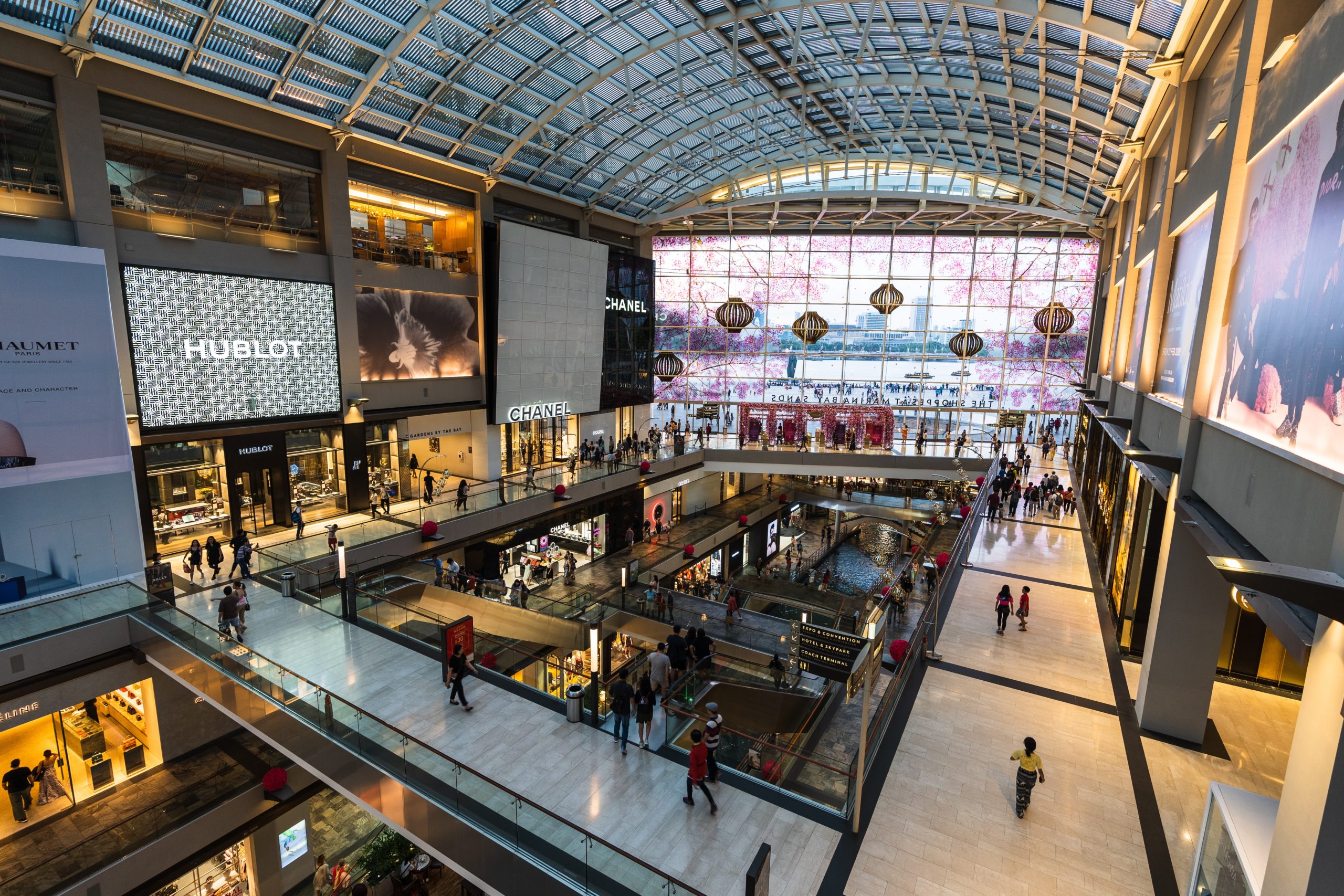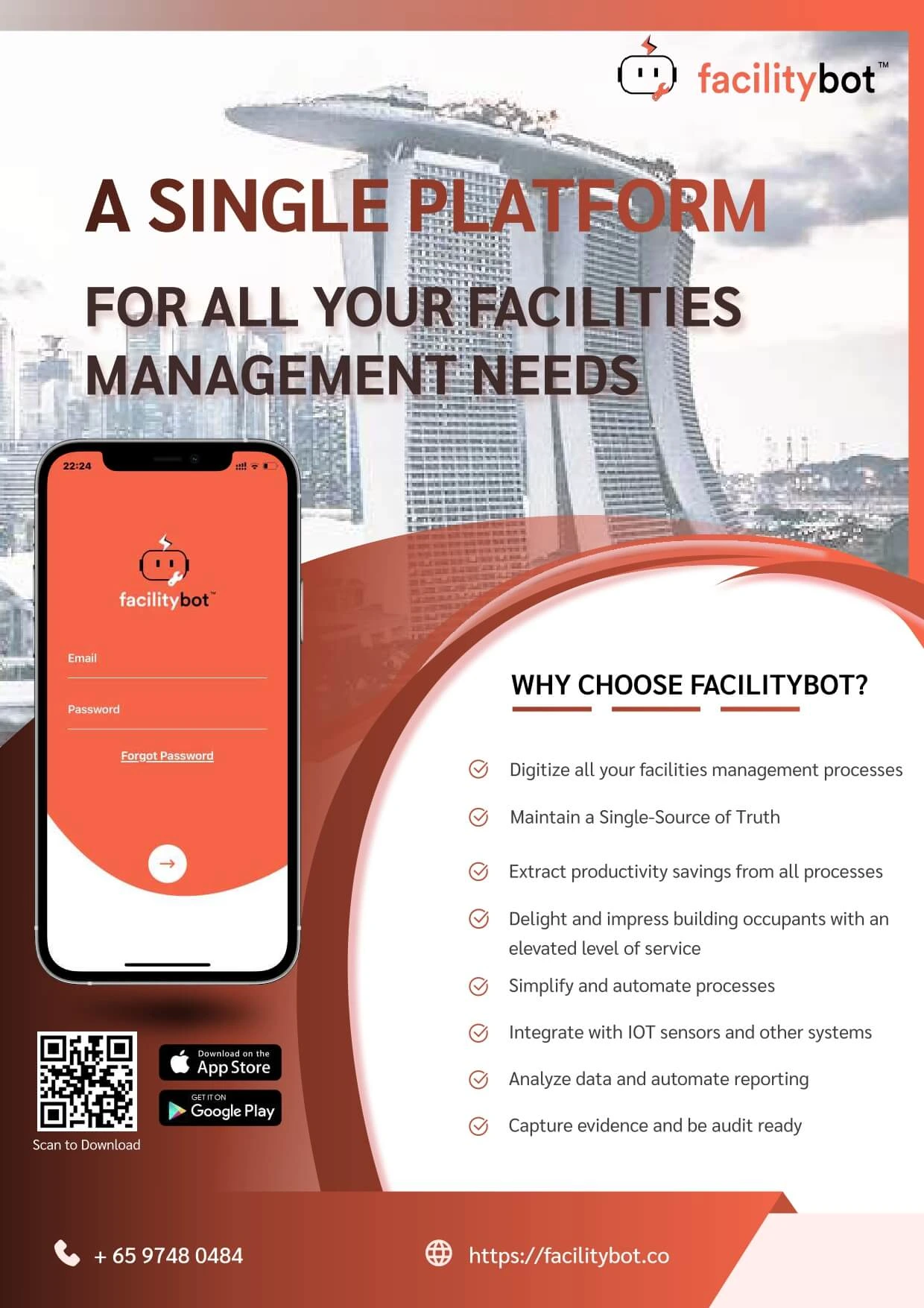Last updated on March 3rd, 2023 at 06:41 pm
Modern technology is always changing how businesses operate, which holds true, particularly in the retail sector. As omnichannel shopping grows more popular, retailers must look for ways to keep up with customer demand while streamlining their back-end operations. One helpful tool that many businesses have begun utilizing is a Computerized Maintenance Management System (CMMS).
This invaluable system integrates preventative maintenance measures into its software, helping retailers save time and money by automatically scheduling critical repairs and implementing proactive solutions to common problems. This blog post will explore how CMMS can benefit retail industry managers by optimizing workflow processes, machine performance, asset tracking capabilities, and cost savings initiatives.
What is a CMMS?
CMMS is a versatile tool that provides numerous benefits for businesses that manage maintenance operations. It helps maintainers to plan and schedule preventive maintenance tasks, track inventory, and recognize potential issues before they become major problems.
Additionally, it automates routine reporting and keeps service history on critical assets. A CMMS is highly valuable for organizations in improving their performance and boosting productivity while streamlining work plans and optimizing efficiency, making it an asset in many industries worldwide.
Ten key ways CMMS is helping the retail industry
1. Improved visibility
CMMS such as FacilityBot provides better oversight of retail operations, with the ability to track fault reports, manage inventory levels, and plan maintenance schedules in real-time.
2. Streamlined purchasing processes
CMMS streamlines purchasing processes by automatically identifying what parts and supplies are needed for upcoming maintenance tasks and generating purchase orders when necessary.
3. Increased employee efficiency
By automating administrative tasks like tracking work orders and scheduling preventative maintenance, CMMS enables employees to focus more on operational activities that drive revenue.
4. Decreased equipment downtime
With automated alert systems for planned maintenance events and real-time updates on repair status, CMMS greatly reduces downtime due to equipment failure or malfunction.
5. Improved customer service
By tracking and monitoring fault reports, CMMS such as FacilityBot ensures that customers receive the products they need when they require them. This leads to an improved satisfaction rating.
6. Enhanced asset utilization
With accurate maintenance history records, CMMS helps retailers maximize their assets by maximizing the life span of each piece of equipment or machinery.
7. Reduced labor costs
Automated scheduling features within a CMMS can help reduce labor costs associated with manual record-keeping and reporting tasks.
8. Improved safety compliance
By ensuring that all safety procedures are followed, CMMS reduces liability risks for retailers and enhances their reputation as responsible business partners.
9. Track asset condition
The CMMS lets retailers monitor the condition of assets & maximize their lifespan. This saves money on costly repairs and replacements. It also ensures assets are operating efficiently, which can directly impact the store’s performance.
10. Sensor Integration
By integrating sensors into their assets, retailers can collect real-time data and monitor performance. This helps detect issues more quickly and allows them to address them as they arise. FacilityBot can help collate sensor data, such as occupancy levels, which can automatically trigger maintenance tickets if they exceed configured thresholds.
How does a CMMS work?
A CMMS is a computerized software system designed to help manage and streamline the maintenance activities of an organization. The main purpose of using a CMMS is to help organizations maximize resources, reduce repair costs, and improve maintenance efficiency. It can be used by anyone in any industry requiring regular or scheduled equipment or infrastructure maintenance.
Using a CMMS helps to automate many routine maintenance tasks such as scheduling repairs, tracking inventory levels, and ordering parts. It also provides information on asset performance to identify trends for preventive maintenance planning purposes. The software also allows for detailed reporting capabilities, identifying areas where improvements are needed and providing data for decision-making processes.
All this information helps to ensure the effective and efficient use of resources. In addition, a CMMS can help to maintain accurate records and track compliance with industry and government regulations. Using a CMMS allows easy access to important maintenance data, which can be used for trend analysis, performance reviews, and budgeting purposes.
What features should a retail business look for in a CMMS?
When selecting a CMMS for a retail business, it’s essential to ensure the software has been designed specifically to meet the nuanced needs of the industry. A great CMMS should provide retailers access to clear, easy-to-navigate asset data and be capable of tracking and organizing preventive maintenance activities.
It’s also beneficial if the system offers flexible work order and service request management, inventory management tools, real-time analytics on operational costs, and user-friendly scheduling capabilities.
Additionally, integration with existing business and financial systems can help streamline processes and strengthen oversight and control over operations. Choosing the right CMMS for a retail business is important- it will determine how much functionality you get in managing your assets and keeping staff at peak efficiency.
Conclusion
The benefits of using a CMMS system in the retail industry are vast. Having all the information about each store in one place makes it easier for the managers to make informed decisions about maintenance and repairs. In addition, by scheduling regular maintenance tasks, stores can avoid larger and more costly problems. A CMMS system is worth considering if you’re looking for a way to streamline your retail operation. Check out FacilityBot for more information on how you can proceed.




